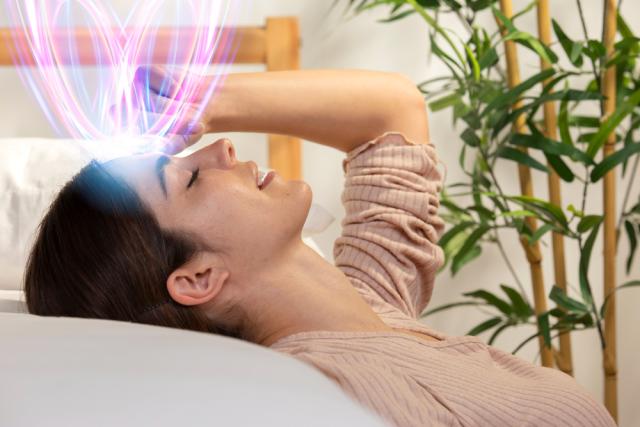
There has been a spike in mental health conditions during the last few years. According to the World Health Organization, around 970 million people suffered from mental disorders in 2019. Medication remains the go-to treatment option for countering mental disorders. Today, however, many patients are seeking alternatives like light therapy, resulting in its growing demand.
As per Coherent Market Insights, the global light therapy industry size is set to reach US$ 1410.9 million in 2030. Global light therapy demand will likely increase at a CAGR of 5.2% during the assessment period.
What Exactly is Light Therapy?
Light therapy or phototherapy involves the usage of specific light types to treat a wide range of skin conditions and mental disorders. It has the tendency to improve mood, sleep, and brain function as well as cure conditions like acne and eczema.
What Makes Light Therapy Popular?
The higher effectiveness and non-invasive nature of light therapy are making it popular among the general masses. People with skin conditions and mental disorders are opting for light therapy as it helps alleviate symptoms without the need for medications and other invasive treatments. Innovations in LED-based light therapy devices are also making this treatment more accessible.
What are the Mental Health Benefits of Light Therapy?
Light therapy is becoming a promising non-pharmacological treatment for a variety of mental health disorders. This includes depression, anxiety, and seasonal affective disorder. It is a safe and effective way to boost mental health, enhance mood, and improve overall well-being.
- Light Therapy for Seasonal Affective Disorder (SAD)
One of the most popular uses of light therapy is in managing SAD, a depression type that usually occurs during the winter when natural sunlight exposure is reduced. Light therapy mimics natural daylight, thereby helping to alleviate depression symptoms. It boosts serotonin production and regulates melatonin levels.
Studies have shown that light therapy can reduce depressive behaviors of SAD. Light therapy is preferred by patients over antidepressants in the treatment of SAD. This is because it is a relatively safe and easy therapy.
- Light Therapy for Depression
Light therapy is also effective for treating non-seasonal depression and other psychiatric mood disorders. According to Dr. Richard, associate professor of psychiatry at Harvard Medical School, light therapy can be as effective as antidepressant medications or popular forms of psychotherapy.
Light therapy has the tendency to influence neurotransmitter production. This is making it a valuable solution for managing depression and other mental diseases. It boosts serotonin levels and reduces cortisol, thereby helping to alleviate symptoms of depression and improving mood and energy levels.
- Light Therapy for Anxiety
Light therapy has also become a promising solution for treating anxiety disorders. It has the potential to reduce anxiety levels by increasing mood-enhancing neurotransmitters and regulating circadian rhythms.
Light therapy can reduce cortisol levels, leading to a calmer state of mind. It has the tendency to stabilize mood and improve sleep quality.
- Light Therapy for Sleep Disorders
Light therapy is also effective for treating sleep disorders. It can reset the body’s internal clock, thereby improving sleep quality and duration. This it does by adjusting melatonin production in the body.






